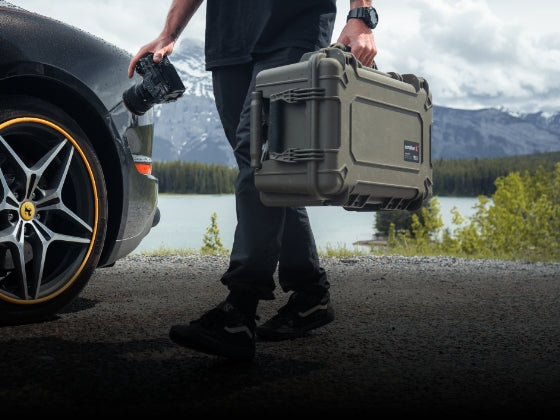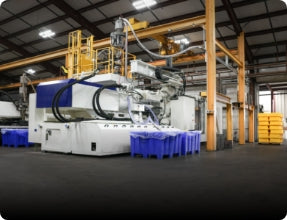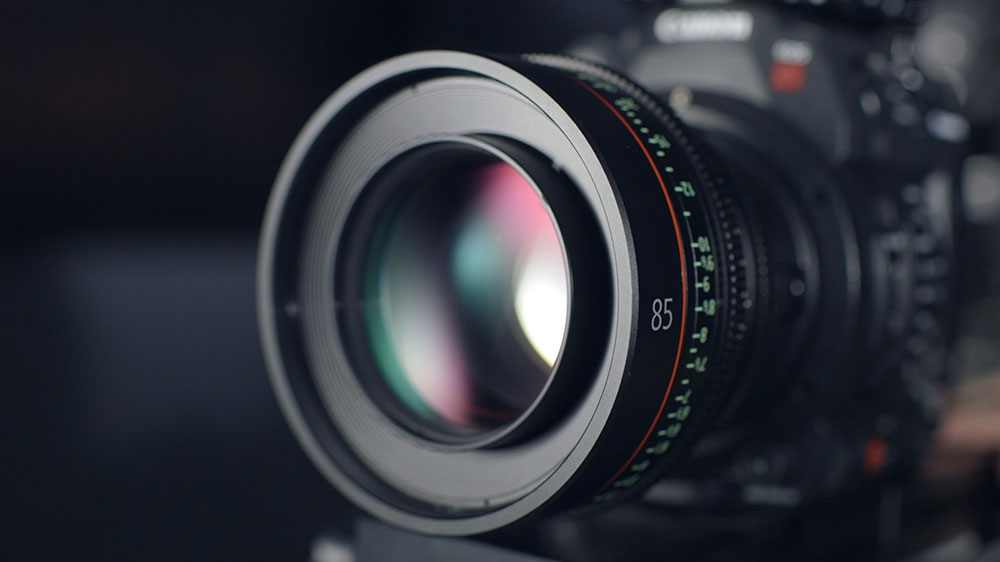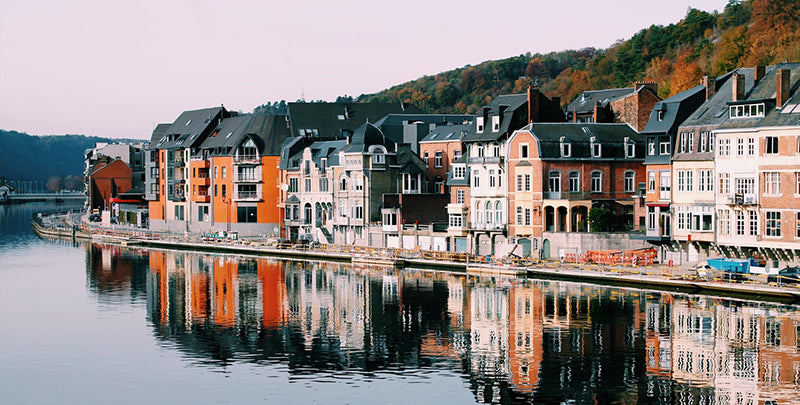 They say that a picture is worth a thousand words. While that may be true, it is essential to remember that just like with words, a photographer’s story can have many different versions depending on how it is told—and which lens the photographer uses to tell it.
They say that a picture is worth a thousand words. While that may be true, it is essential to remember that just like with words, a photographer’s story can have many different versions depending on how it is told—and which lens the photographer uses to tell it.
There are many camera lens choices out there.
We all know that interchangeable lenses on modern cameras allow us to capture or create unique photographs depending on the circumstance. Wide-angle lenses for architecture, a macro lens for products, zoom lenses for wildlife, and so on. But what is it about these different lenses that make them suitable for some shots and dreadful for others?
While the first camera was little more than a box with a hole in it that let light through, modern camera lenses are made up of dozens of finely shaped pieces of glass that bend the light that enters the camera in various ways, giving each lens it’s unique and specialized properties.
Creativity allows for the uniqueness you seek.
This bending of the light, known as refraction, allows photographers to capture scenes in multiple ways, increasing our ability to create powerful and informative images. But as the light bends, it distorts ever so slightly the image, which is why you might see straight lines appear curved towards the edges of a wide-angle photograph and why objects in a direct line in front of the camera seem to appear closer together when shot through a telephoto lens.
So, although the outer edges of a photograph might be distorted, photographers choose to use wide-angle lenses because the ability to see the entire space in a single photo is worth a small amount of distortion when shooting the interior of a home, for example. However, this same distortion is not so great when shooting portrait photography (unless you want your subject to have a long nose and extra-large ears!).
Get the right camera lens for the effect you want.
The same scene can be captured in many different ways by using the various lenses available to modern photographers. A landscape photographer taking a photo of a lone countryside cottage with mountains in the background who chose to use a wide-angle lens might create a serene and solitary image that accentuates the wildflowers in the foreground while making the house appear to be a great distance from the mountains. However, the same photographer shooting the same scene with a telephoto lens might create a bold, dramatic image of mountains seeming to tower directly over the cottage.
As a photographer, one of the most rewarding skills you can learn is understanding how the different lens types and focal lengths work and how the refracted light distorts the resulting image. Not only does this allow you to understand the best situations for each of your lenses, but it also opens up a brand-new creative toolbox for you to experiment with when creating your photographs.
You spent a lot of money on a camera lens. Spend a little more to keep it working longer.
Of course, if you're going to go out and spend a lot of money on the perfect lens, you're going to want to spend a little more and get a camera hard case to protect it with. Choose one that is IP67 rated and if you need some suggestions, we think you'll look highly professional using a Condition 1 lens camera case :-)







